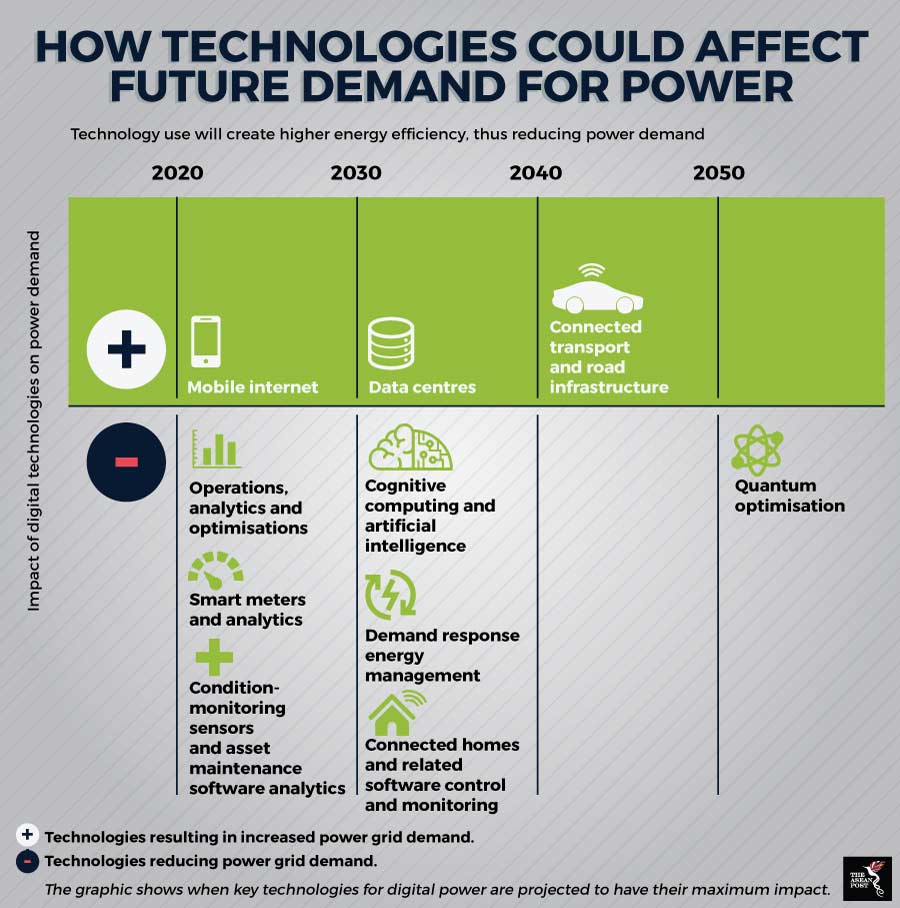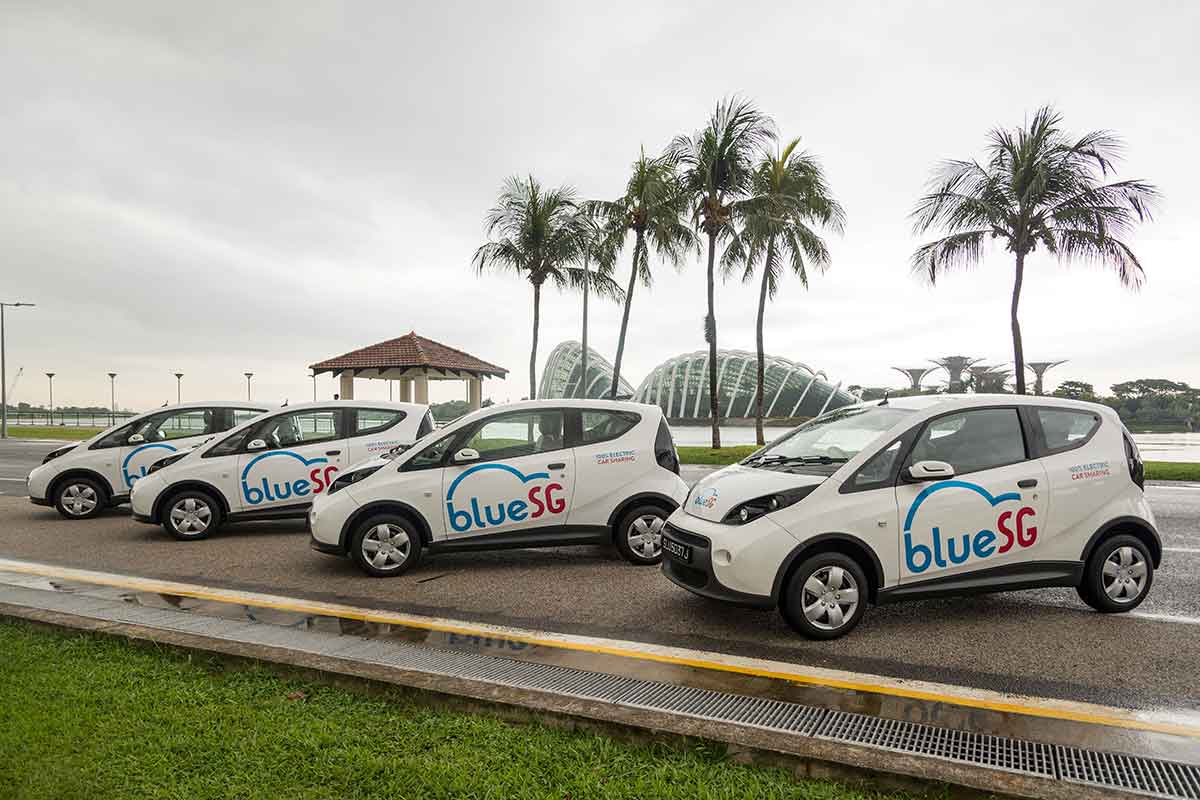In tandem with a renewable energy policy, energy efficiency will be key to building a reliable and sustainable energy system for the future of Southeast Asia. Energy efficiency refers to the reduced rate of energy consumption in order to produce the same amount of output. Less energy resources are needed to fuel the same level of economic production, leading to higher gains over the long term.
While most Southeast Asian countries have their own energy-efficiency targets, ASEAN as a bloc aims to increase energy intensity 20 percent by 2020 and 30 percent by 2025. Energy intensity is the measure of energy efficiency, calculated in terms of units of energy per unit of gross domestic product (GDP).
At present Southeast Asian countries’ approach to energy efficiency policy differs according to scope, time frame and objectives.
Since buildings account for about 40 percent of total final energy consumption in Southeast Asia, they hold some of the highest potential for cost-effective energy savings here. The use of building energy codes is one example of an energy-efficient strategy.
Thailand and Malaysia, for instance, have building codes to encourage energy-efficient design and construction. Thailand’s latest building code, which came into effect in mid-2018, applies to 10,000 square-meter buildings and regulates how lighting, hot water, and air conditioning systems are to be set up in such buildings. The new codes are expected to increase energy efficiency by up to 10 percent. Singapore, meanwhile, in a bid to make 80 percent of its buildings green by 2030, incorporates use of data analytics to optimise energy usage in existing buildings’ energy systems.
In fact, technology will be key to achieving real energy savings in the future. At its peak, technology is capable of saving 40 percent of current primary energy use while reducing carbon dioxide emissions by 13.5 billion tons, BP estimates in its BP Technology Outlook report of 2018.

Source: BP Technology Outlook 2018
Energy efficient transportation
Such energy savings also extend to transportation, where electric cars, connected vehicles and driverless technology is expected to change the face of transportation quite significantly in the future.
Alongside other Southeast Asian nations, Singapore may have made the most headway here, having already tested both, electric cars and buses on its transportation network so far. Thailand, on the other hand, is seeking to become an EV (electric vehicle) manufacturing hub, with plans to offer tax deductions and non-tax privileges to EV manufacturers in the pipeline
EVs remain relatively expensive to purchase in Southeast Asia compared to conventional vehicles, in addition to requiring charging stations to operate. The necessary infrastructure, such as full electrification and charging stations need to be in place before EVs can take off in this region. The development of newer battery technologies such as solid-state batteries reduce charging times and the cost of replacements, making this change a sooner rather than later possibility.
Southeast Asia is otherwise looking to improve public transport adoption, put in place fuel economy standards and encourage the adoption of liquid biofuels as an alternative to fossil fuel products, in order to improve overall transport energy efficiency.
Future energy demand in Southeast Asia’s industrial sector is likely to be driven mainly by its manufacturing industry, encompassing the production of steel, automobiles, cement, petrochemicals and chemicals. According to analysis by BP, there are technically and economically viable routes to cut overall industrial energy demand by between 10 - 20 percent by 2050, where improvements are made to production processes. Singapore’s Energy Conservation Act, for instance lays out mandatory energy management practices, such as the requirement to monitor and report energy use and emissions, to appoint an energy manager and to submit energy-efficiency improvement plans from time-to-time.
Other possible policies include the introduction of Minimum Energy Performance Standards (MEPS) for industrial-scale electric motors and other categories of industrial equipment, such as heating and cooling equipment, and air compressors. Other than that, the constant sharing of best operating and management practices between industries should also be encouraged.
Over the long term, this will create the energy security Southeast Asia needs, while also helping it reduce its global carbon footprint. Policy and regulation are necessary to spearhead progress in achieving these energy goals, but it is ultimately the implementation that counts.
This article was first published by The ASEAN Post on 26 March 2018 and has been updated to reflect the latest data.
Related articles:
Renewable energy challenges for ASEAN
Improving battery storage in Southeast Asia
